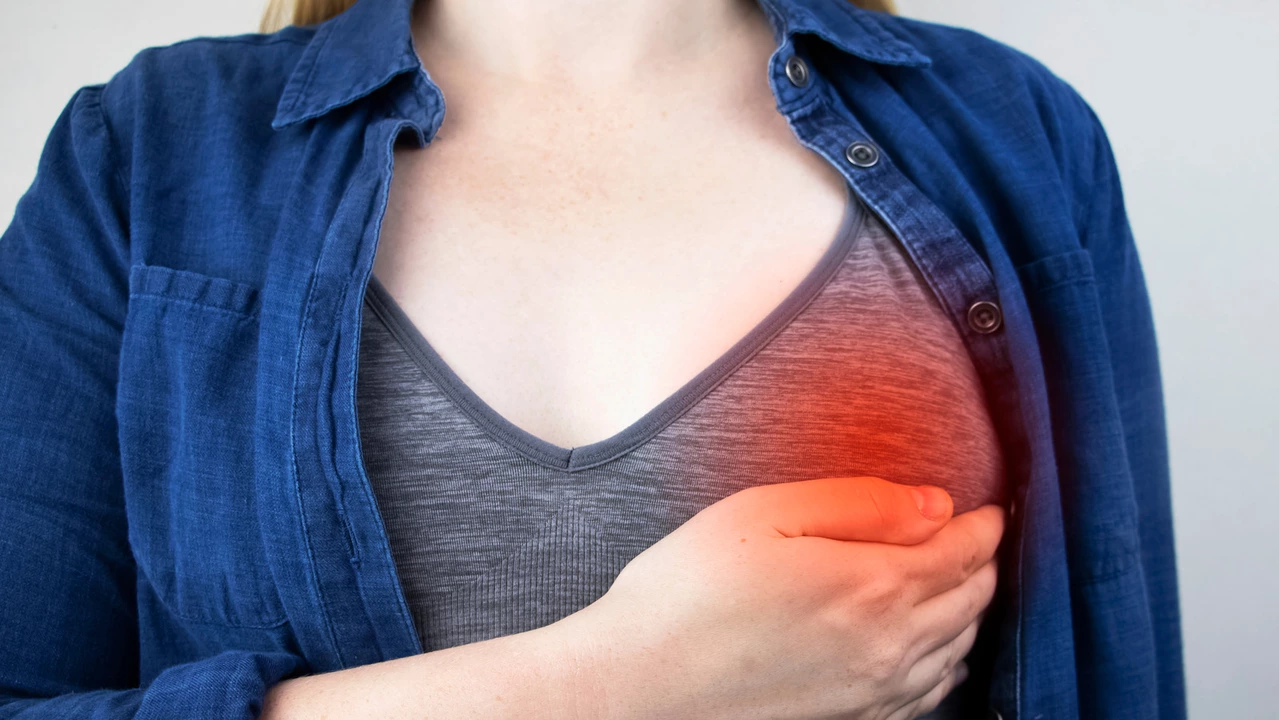Understanding Breast Infections: What You Should Know
Breast infections can catch you off guard, especially if you’ve never dealt with one before. They happen when bacteria sneak into breast tissue, causing pain, redness, or swelling. Whether you’re breastfeeding or not, knowing what to look for helps you act quickly and get relief without unnecessary worry.
Common Signs and What Causes Them
The telltale signs include tenderness, warmth, and swelling in the breast. Redness and fever may also show up, making you feel pretty lousy. For breastfeeding moms, cracked nipples often serve as entry points for bacteria leading to infections, commonly called mastitis. But even those not nursing can get infections, usually due to an injury or blocked milk ducts.
Not every lump or ache means an infection, though. Sometimes clogged ducts or cysts can feel similar but aren’t as serious. That’s why if symptoms keep worsening or don’t improve with basic care, seeing a healthcare provider is a smart move.
How to Manage and Treat Breast Infections
The good news is most breast infections respond well to treatment. Often, doctors will prescribe antibiotics to knock out the bacteria. At home, applying warm compresses and resting can ease discomfort. Keep nursing or pumping if you’re breastfeeding, as stopping can actually worsen the problem.
If you notice a painful lump that doesn't go away or worsens, it might be a breast abscess, a pocket of pus that sometimes forms from untreated infections. This usually needs drainage by a doctor and a stronger course of treatment.
Using creams like antifungal or steroid combinations might help if a fungal infection or skin irritation is part of the issue. Always follow your healthcare provider’s advice, since mixing treatments without guidance can cause more trouble.
Remember, early attention makes a big difference. Ignoring symptoms not only drags recovery but can lead to complications. So don’t hesitate to ask your doctor when something feels off. Breast infections are common, but with the right care, they’re manageable and rarely serious.

The use of clavulanate in treating mastitis and other breast infections
As a blogger, I recently came across the use of clavulanate in treating mastitis and other breast infections. Clavulanate is a powerful compound that when combined with antibiotics, can effectively combat bacteria resistant to traditional treatments. In the case of mastitis, which is a painful inflammation of breast tissue, using clavulanate has shown promising results. This is especially important for nursing mothers, as it helps to reduce pain and prevent further complications. Overall, incorporating clavulanate into the treatment of breast infections could significantly improve patient outcomes.